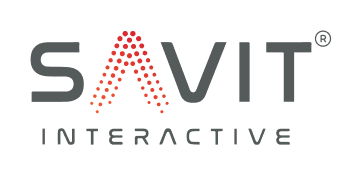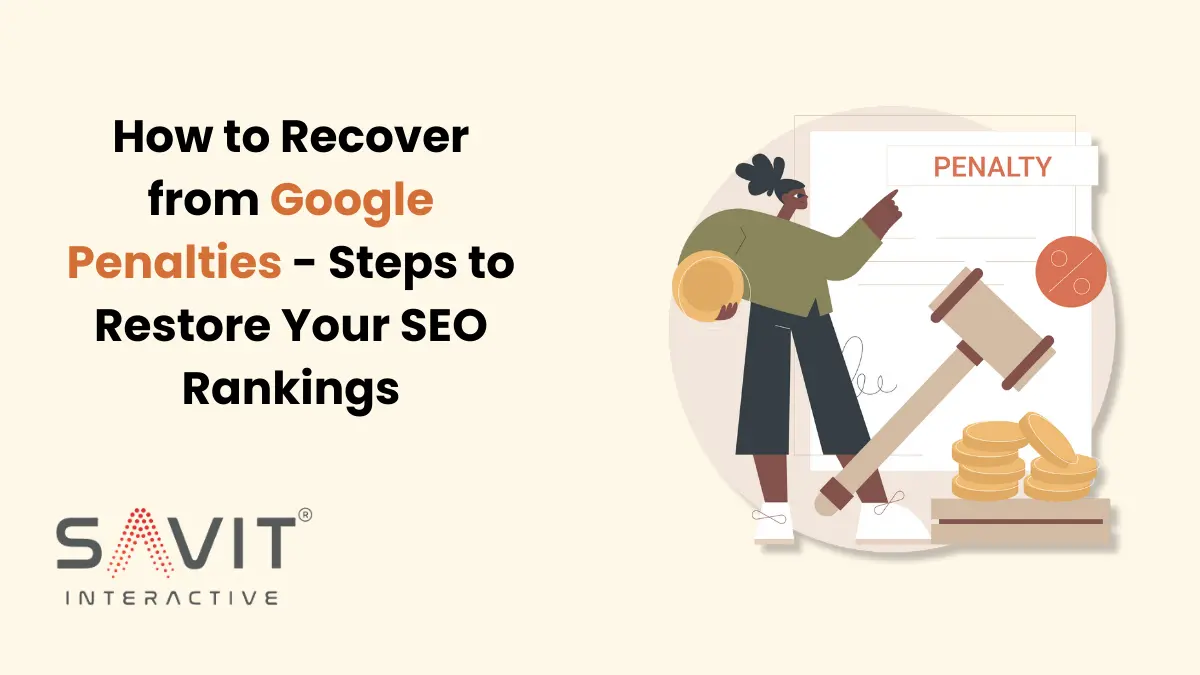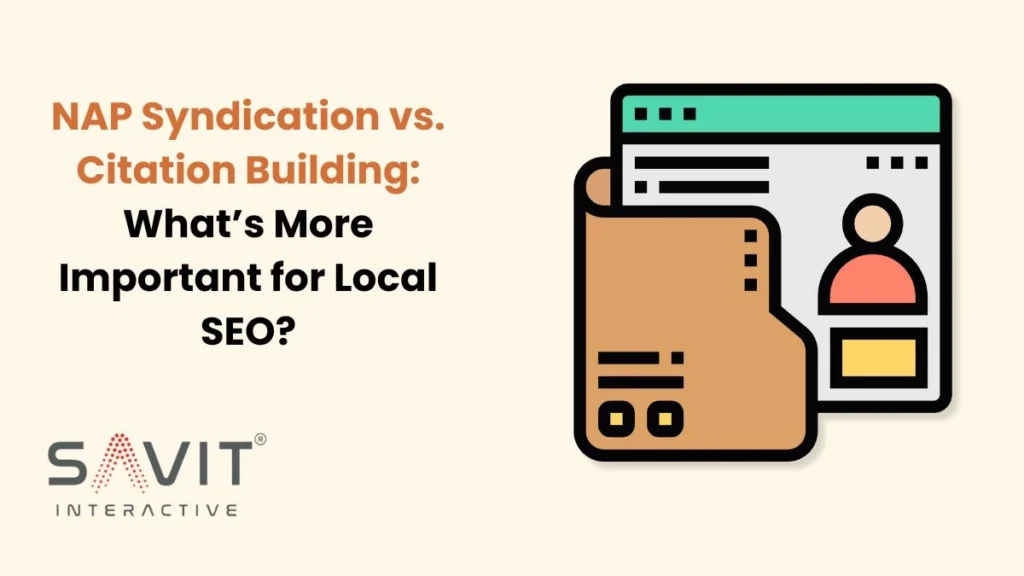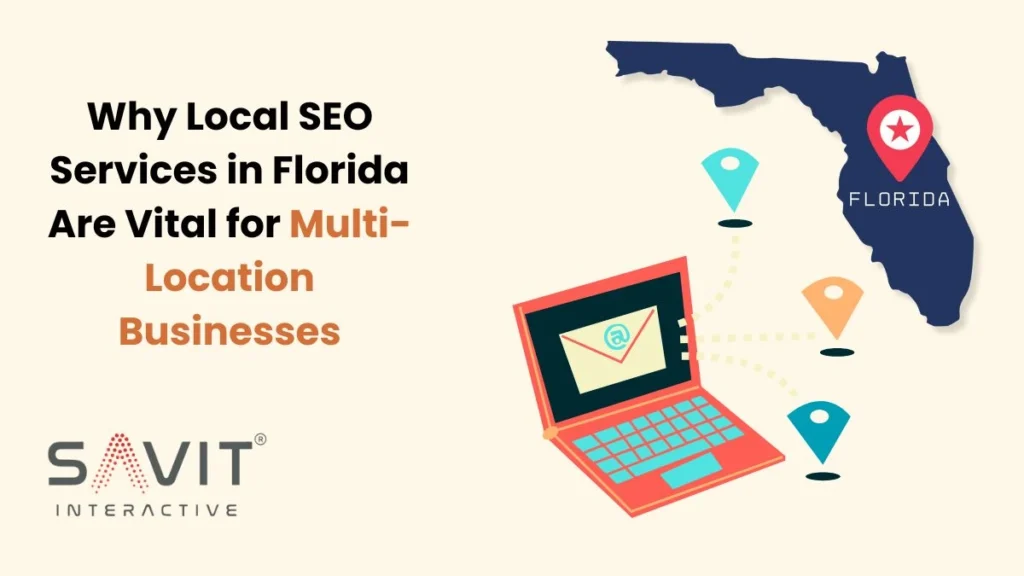Facing a Google penalty can be a daunting experience for any website owner. The repercussions of a penalty often manifest as a significant drop in search engine rankings, resulting in diminished visibility, decreased traffic, and potentially lost revenue.
Common mistakes leading to penalties include the use of outdated SEO tactics, such as keyword stuffing and link schemes, or neglecting to address technical SEO issues. Websites may also suffer from penalties due to low-quality content or poor user experience, which can impact their search engine standing. The first step towards recovery is realizing these problems and the impact they have.
But you can fix these errors and raise the status of your website again. Recovery is possible if a methodical strategy is used to pinpoint and resolve the penalty’s underlying causes. This includes carrying out extensive audits, fixing technical and content problems, and raising the website’s standard.
Understanding Google Penalties
Google penalties are actions taken by Google to lower your website’s search rankings due to violations of its Webmaster Guidelines. These penalties come in two forms:
- Manual Actions: Imposed by Google’s team when they identify guideline violations. You can find notifications about manual actions in Google Search Console.
- Algorithmic Penalties: Automatically applied by Google’s algorithms, such as Panda or Penguin, which target issues like low-quality content or toxic backlinks. Identifying these penalties requires analyzing traffic and ranking trends against known algorithm updates.
Identifying Signs of a Penalty
Recognizing a Google penalty early is key to effective recovery:
- Sudden Traffic Drops: Monitor your website’s traffic using Google Analytics. A sharp decline may indicate a penalty.
- Ranking Fluctuations: Track changes in your keyword rankings. Significant drops, particularly around algorithm updates, can be a sign of an algorithmic penalty.
- Google Search Console Alerts: Check for any messages from Google about manual actions. These notifications provide specific details on what needs to be addressed.
Steps to Recover from Google Penalties
1. Determine the Type of Penalty
The first step in recovery is identifying the type of penalty:
- Manual Actions: Log into Google Search Console and check the “Manual Actions” section. Review the details provided to understand the nature of the violation.
- Algorithmic Penalties: Use SEO tools like SEMrush or Ahrefs to analyze traffic and ranking patterns. Correlate drops with known algorithm updates to pinpoint algorithmic penalties.
2. Conduct a Comprehensive SEO Audit
An in-depth SEO audit assists in identifying the problems that led to the penalty.
- Technical SEO Audit:
- Site Speed: Use Google PageSpeed Insights or GTmetrix to evaluate and improve loading times. A fast site enhances user experience and search rankings.
- Mobile-Friendliness: Ensure your site is mobile-friendly using Google’s Mobile-Friendly Test. Mobile usability is crucial for both user experience and rankings.
- Site Structure: Review and improve internal navigation to ensure a user-friendly and crawlable site structure.
- On-Page SEO Audit:
- Title Tags and Meta Descriptions: Optimize these elements to be unique, relevant, and keyword-focused. They play a significant role in search engine visibility.
- Content Quality: Ensure all content is original, relevant, and valuable to your audience. High-quality content helps maintain search engine trust and user engagement.
- Backlink Profile Audit:
- Identify Harmful Backlinks: Use tools like Ahrefs or Moz to analyze your backlink profile. Look for links from low-quality or unrelated sites.
- Action Steps: Plan to address toxic backlinks through removal or disavowal.
3. Fix Content and Technical Issues
Address identified issues to improve site quality and compliance:
- Enhance Content Quality:
- Update or Remove Thin Content: Eliminate or enhance low-value content. Focus on creating comprehensive, well-researched material.
- Improve Content Relevance: Update existing content to reflect current search trends and user needs.
- Address Technical Issues:
- Resolve Crawl Errors: Fix issues reported in Google Search Console to ensure effective crawling and indexing.
- Improve Site Performance: Implement recommendations from your site audit to enhance speed and mobile usability. Hire reputable SEO services if doing these tasks distract you from your core business activities.
4. Address Backlink Issues
- Request Link Removals: Reach out to webmasters of sites linking to you with harmful or irrelevant backlinks. Politely request the removal of these links to prevent them from affecting your SEO. Keep track of your outreach efforts and responses for future reference.
- Disavowing Links: If some backlinks cannot be removed manually, use Google’s Disavow Tool to ignore these links. This tool allows you to upload a list of links or domains you want Google to disregard, helping mitigate their impact on your rankings. Be cautious when using this tool; improper use can further harm your SEO efforts.
5. Submit a Reconsideration Request
Once you’ve addressed all issues, it’s time to communicate with Google:
- When to Submit: Ensure that all identified problems have been fully resolved before submitting a reconsideration request. This includes fixing content, technical issues, and backlink problems.
- Crafting a Reconsideration Request: Write a detailed reconsideration request through Google Search Console. Explain the issues identified, the steps taken to address them, and how you’ve ensured compliance with Google’s guidelines. Be transparent and specific in your explanation to increase the likelihood of a positive response.
6. Monitor Progress and Adjust Strategies
Recovery doesn’t end with the reconsideration request:
- Track Recovery: Use Google Analytics and Search Console to monitor changes in traffic and rankings. Look for improvements in your metrics as an indicator of recovery. Patience is key, as changes may take time to reflect.
- Continual Improvement: Refine your SEO strategies based on the insights gained from monitoring tools. Stay informed about new developments in SEO and adjust your tactics to align with best practices and algorithm updates.
Best Practices to Prevent Future Penalties
To keep up a strong SEO presence and protect against penalties in the future:
- Follow Google’s Webmaster Guidelines: Ensure your SEO practices align with Google’s guidelines. Avoid black-hat techniques such as keyword stuffing or link farming, which can lead to penalties. Work with an SEO Company to get things right without involving yourself in the learning process.
- Ongoing Monitoring: Perform routine audits to identify and address possible problems before they become more serious. Regular inspections support the upkeep of a site’s integrity and SEO standards compliance.
- Industry Changes: Keep up with changes to search engine algorithms and recommended practices for SEO. Long-term SEO success requires constant learning and adjustment.
Conclusion
Recovering from Google penalties involves a structured approach to diagnosing issues, implementing fixes, and ensuring compliance with SEO standards. In order to recover from Google penalties, one must take a methodical approach to problem-solving, fix-application, and SEO standard compliance. You can improve the functionality of your website and recover your SEO rankings by following the steps listed, which include determining the type of penalty, carrying out thorough audits, resolving issues, and keeping track of your progress.
To support ongoing SEO efforts and the associated damage control, hiring SEO services is highly recommended. These professionals offer invaluable experience and resources by dealing with convoluted SEO environments and ultimately enhance your online presence.
Through its experience of two decades, Savit Interactive has a huge number of businesses facing SEO challenges, proactive management and adherence to best practices are essential. With the right approach and continuous improvement, we can help you overcome penalties and achieve lasting SEO success. Contact us today to get started







